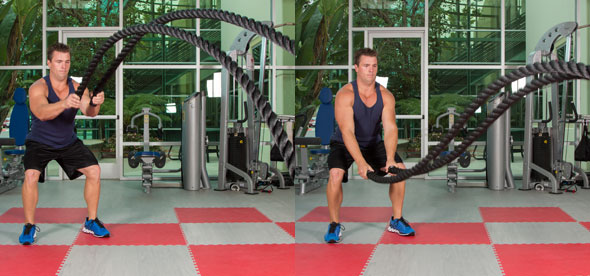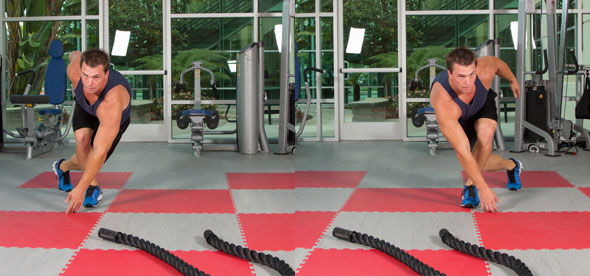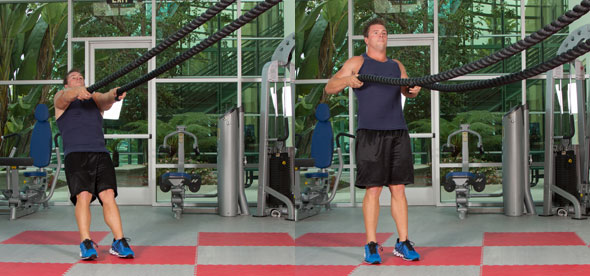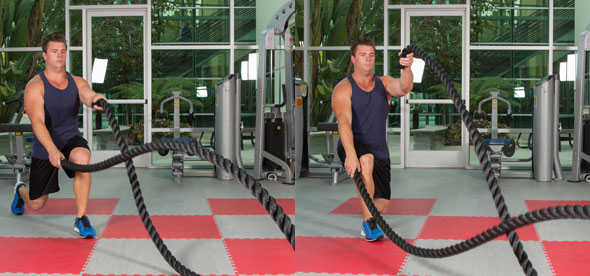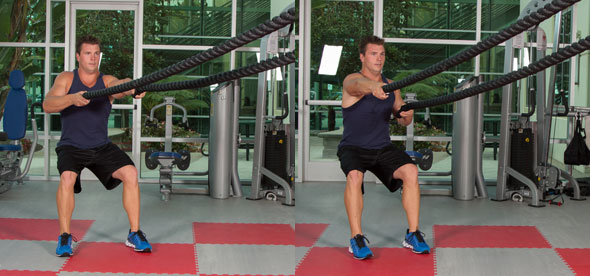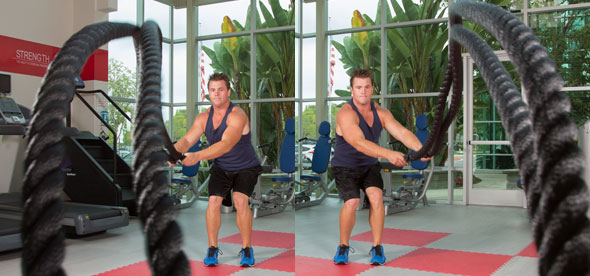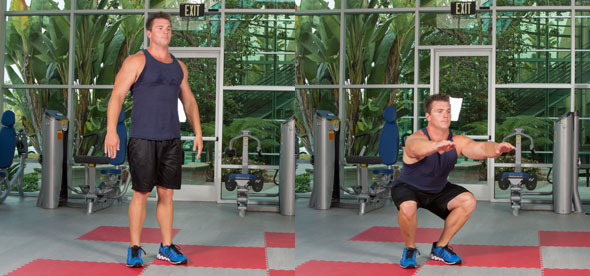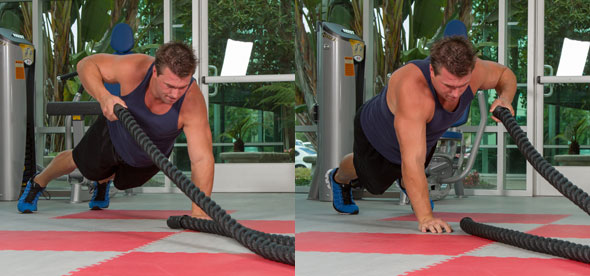Wall Street has also been watching the buzz around the new Apple products, as this is the most significant event for Apple under the leadership of Tim Cook (and not Steve Jobs). With the introduction of HealthKit, it is also Apple’s attempt to make the iPhone not only the center of the user’s digital world, but also of his or her physical world as well.
The HealthKit framework within iOS 8 will offer more health and fitness functionality by linking devices with a user’s health information, using the iPhone as the central hub. Now users will be able to capture and monitor health and fitness information such as pulse, steps, blood pressure and sleep habits. These health measures offer a clear and current overview of a person’s overall well-being. While it is true that individual apps have been doing this for years, the new HealthKit will allow these health and fitness apps to sync data about the user’s health and fitness across a variety of wearables and apps, organizing them all into one dashboard application—the iPhone.
Within the fitness industry, excitement started a year ago when Apple hired fitness-industry expert and ACE Pro Jay Blahnik as one of the first of many hires specific to health and fitness. After years spent consulting with Gatorade, Nautilus, Schwinn and Nike, Blahnik was all in with Apple. In December 2013, Apple met with the Food and Drug Administration, the U.S. governing arm of the federal government for all things medical, to discuss mobile medical applications, likely to ensure that HealthKit would not cross a regulatory line.
This is exciting news for our industry, so how can personal trainers and health coaches benefit from such technology? Here are three things I will be watching for in the weeks and months that follow the announcement:
Being Connected. Our world continues to become even more connected. It is through being connected that trainers and health coaches can engage with their clients, keeping them on the path to wellness. Through the new iPhone platform, clients will be able to share with you integrated insights into their daily lives (activity, sleep, steps, food, pulse rate, etc.) that wasn’t previously possible. No longer will you need to guess what your clients did outside of training or if they took your advice—it will all be there with a click of a button. How’s that for accountability? New business models for training and coaching will be developed to take advantage of this technology and the job of a trainer or coach will no longer be limited to inside the four physical walls of a gym, opening up new markets not only down the street but around the world.
Deeper Collaboration. We’ve seen that it takes a team to make a real difference in the lives of our clients. From trainer to physician, coach to nutritionist, the power of collaboration, being in sync and in real time, is one highlight of the new HealthKit. It will take time for each team member to understand his or her place in the overall HealthKit matrix, but what is exciting is the possibility of overall health for our collective clients. More teamwork between practitioners allows trainers and coaches to stay within their scope of practice and seek partnerships with others in the healthcare industry.
Proceed with Caution. Apple is late to the game with regards to fitness tracking, but many expect it to succeed where others have not. While Jawbone and FitBit do a good job of tracking activity, many consumers still see wearables as “unstylish” and the buzz of the wearable soon wears off with a sharp decline in use after just six months. A device has yet to emerge with enough authority to encourage mass adoption (not good if you are relying on this data). Apple could change that perception with their historic strengths in design and new hires in fashion, which means more people will be more inclined to wear a device and thus more health data will be collected.
As we share more personal and confidential information across the cloud, there will be more debate surrounding security and privacy with this type of information. Apple has taken steps to ensure our privacy, with requirements that apps using HealthKit not store information on the cloud and not share information without user consent. Of course, there will always be a risk when sharing data through the cloud, but does the benefit of sharing outweigh the concern over privacy? Or vice versa?
Remember, Apple is not the only kid on the block using smartphones for health. In the US, there are nearly 170 million cellphone users, 70 percent of whom use smartphones. Within the smartphone category, the iPhone is by far the most popular, with 42 percent of users, followed by Samsung at 28 percent, 7 percent for LG, 6 percent Motorola and 5 percent for HTC. However, when looking at the operating systems of these smartphones, Android takes the lead with 52 percent, Apple at 42 percent, and Microsoft, BlackBerry and others making up the remaining 8 percent (ComScore, 2014). The takeaway? If you only work with Apple, you will be missing out on 58 percent of the population that uses a smartphone other than an iPhone.
I am a believer in effective uses of technology and am excited about the Apple announcement, as well as the upcoming announcements from Microsoft and Google within the health and fitness space. New technologies and innovations like the iPhone, the Apple iWatch and HealthKit are not a magic bullet, but they can be a very powerful tool that, when properly implemented into trainers’ and coaches’ businesses, can lead to new clients, new revenue streams and new partnerships. These technologies will never replace a qualified and certified personal trainer or health coach. After all, clients hire us for our knowledge and accountability, but they keep us for our personality and ability to connect with them.
Source : By Ted Vickey Ted Vickey Ted Vickey, M.S., is the Senior Consultant - Fitness Technology for ACE. He’s been an ACE Certified Personal Trainer since 1992








